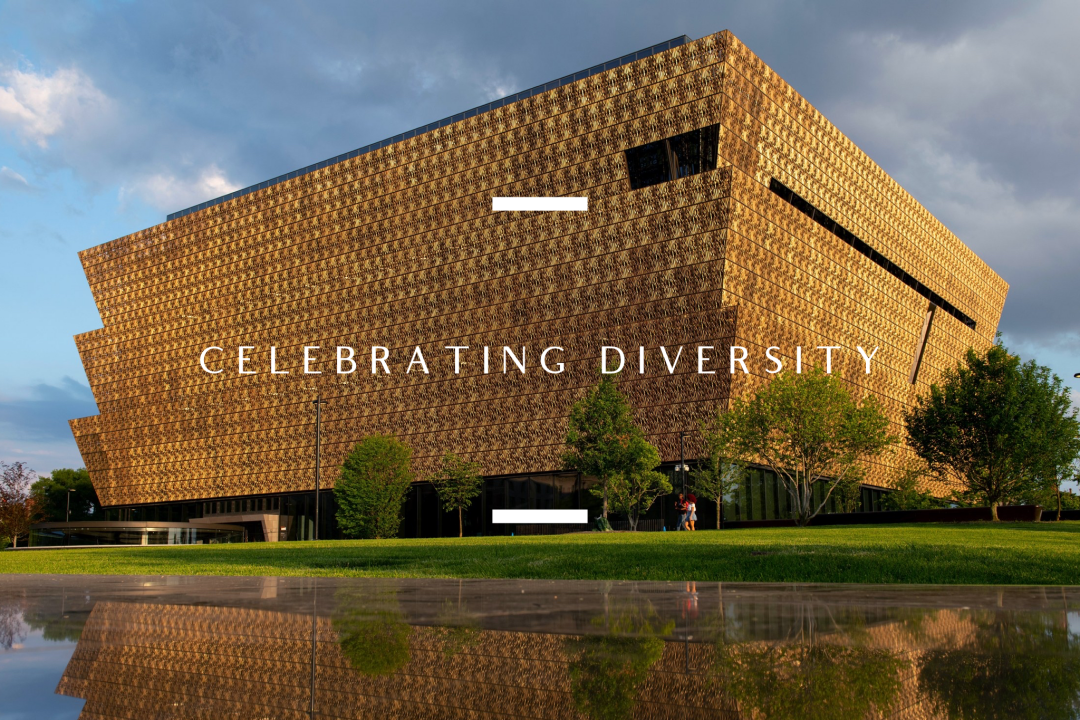
Last April, my husband took me on a trip to Washington, D.C. for my birthday. I had been to D.C. before as a child, but I wanted to experience its history (and delicious food) as an adult. Of course, we went to all of the main tourist attractions and marveled at the architecture. However, we were most excited to explore the newest Smithsonian Museum. As we walked through the doors of the National Museum of African American History and Culture, we never expected to spend the next 4 hours of our day in shock, awe, and amazement at the things we saw in that museum. My husband and I, who are both African American, could not believe how little we truly knew about African American history.
Why was this? I had obtained A+ grades in history class, and I had always been eager to learn. As I reflected on my public school experience, I realized that despite the numerous innovations and contributions that African Americans made to American History, they didn't come up frequently in the textbooks or classes that I took
I realized that the only time I learned about black history, was in February.
Although it is the shortest month of the year, February is filled with many holidays. Of course, there is Groundhog’s Day, Valentine’s Day, President’s Day, and the month-long celebration of Black History. I am sure that some of us celebrate Black History year-round, while others question what the purpose of black history month is. Historically, Black History Month was recognized as a month-long celebration of achievements by African Americans beginning in 1976. The month of February was selected since it is the birth month of Frederick Douglass and Abraham Lincoln.
Even knowing the history, many of us still find ourselves asking, “Why should Christians celebrate Black History Month?” There’s a few verses that come to mind...
So God created man in His own image, in the image of God he created him; male and female He created them. (Genesis 1:27)
“Do not mistreat or oppress a foreigner, for you were foreigners in Egypt (Exodus 22:21).
From one man He made all the nations, that they should inhabit the whole earth; and He marked out their appointed times in history and the boundaries of their lands. (Acts17:26)
The verses above, all extracted from different parts of the Bible, depict a vivid story. God created man in His image, He opposes mistreatment and oppression, and He is deeply aware of the racial and ethnic differences. Ultimately, He sent His only Son to redeem us, break the shackles of sin off of us and did this one act for every race.
In that museum, I witnessed a 400-year-old story. A story marred with pain, injustice, and suffering as a marginalized group of people were forced into a foreign land. The images lining the walls were difficult to look at, filled with blood, gore, and pure evil. I thought to myself, “How could God allow this much suffering to happen to His people?” Then I remembered Exodus.
I witnessed 400 years of resilience as I walked through the halls. I looked at photographs of Harriet Tubman and other abolitionists who had to live their lives on the run to avoid the abuse that came with their slavery. I thought to myself, “How could God allow His people to go through such hardships?” Then I remembered Job.
I witnessed 400 years of God's faithfulness which allowed people in pain to still walk in faith. I gazed at a stained glass shard from the 16th Street Baptist Church that was bombed in 1963. The small piece of glass represented 4 lives lost, and 22 injured. I realized how God used African American Christians to spearhead the civil rights movement. As I reflected on the hardships of Dr. Martin Luther King, Jr.’s life I thought to myself: “how could God allow someone who did so much good for others, endure such persecution?” Then I remembered Jeremiah.
As I came to the end of the museum, the music changed, and the photos reflected all of the amazing contributions that African Americans made to history, sports, and culture. There were no tears, there was no pain, only rejoicing. At once, I noticed the people of all races surrounding me, having the same experience that I did in that museum. It was not my pain or my celebration…. It was OURS. I thought to myself, “Why couldn’t the whole museum be like this?” Then I remembered the unity that Jesus’ death on the cross provides, the unity that we see in Revelation 21:4 “He will wipe away every tear from their eyes, and death shall be no more, neither shall there be mourning, nor crying, nor pain anymore, for the former things have passed away.”
In a few weeks, it will no longer be February. However, as the months go on, Black History will always be a part of American history. As Christians, we should engage with culture in a way that celebrates that good things that God is doing. So let me challenge you to celebrate Black History Month. If you are unsure of how I'd encourage you to research and learn a new fact about Black History Month. Find an African American author, pastor, or musician and listen to them.
Let’s celebrate one of the many groups of people who God made in His image.
Let’s celebrate as a unified body of Christ this month and always.

